Revisiting the Past to Chart Future Chassis Growth
Over the past two years, a unique blend of market dynamics has impacted the entire global supply chain, including intermodal chassis providers. It’s worth taking a look at those dynamics, the reasons behind them, how they’ve affected chassis supply and how all parties – TRAC, our customers and our partners – can use these learnings to best prepare for and respond to future demand.
Compounding Challenges for Chassis
The global pandemic created what you might call a whipsaw effect. It first led to a nearly total shutdown in imports, followed within just a few months by an explosive surge in volume fed by e-commerce demand which put unprecedented stress on each link in the supply chain.
The race to meet these demand spikes led to congestion at many ports and rail hubs. Labor shortages during the pandemic and insufficient space in warehouses to unload containers compounded the problem, bringing the movement of goods to a virtual standstill at many port and rail locations. Containers couldn’t be unloaded, so the chassis on which they sat were unable to be decked and put back into circulation. This led to drastic increases in turn times, double or triple what they’ve been in the past, straining the entire supply chain and preventing efficient circulation of our equipment.
Readying for Future Demand
While a return to post-pandemic market conditions seems unlikely, it’s still possible those market conditions could return at some point. So, the challenge becomes how to minimize the impact of a similar event were it to happen again.
TRAC has been steadfast in its approach to consistently invest in its chassis fleet, even more so recently. This involves introducing new assets, reconditioning existing ones, and continuing to innovate our offerings to meet customer demand. Even during recent market corrections, TRAC hasn’t slowed its investments.
“Our goal is to be ideally positioned to meet import volumes with a sufficient inventory of assets once import volumes return,” says Jake Gilene, Chief Commercial Officer at TRAC. “Over the past decade, TRAC has invested more than a billion dollars to optimize its fleet.”
Visibility into Common Data
Transparency from our partners helps TRAC understand and cater to specific market dynamics as defined by geography, regulation, and commercial activity. There is no “one size fits all” or universal solution for chassis provisioning, though the grounded neutral pool model remains TRAC’s top solution which gives us greater control of our assets and offers customers unlimited choice of equipment.
Predicting Chassis Demand
As we look towards 2024 and try to gain a sense of potential intermodal growth later next year, the natural question becomes what growth assumptions are we making? History offers some guidance.
In the nearly two decades between 2001 and 2020, while the U.S. real GDP grew at 1.8%, containers and chassis experienced growth rates of 3.6% and 3.2%, respectively. If we believe in the continuous growth of the U.S. GDP, this suggests a rising demand for both containers and chassis.
“We have strong confidence in the North American economy and believe that growth will exceed 3% in upcoming years,” Gilene notes. “As noted earlier, we’ve invested over a billion dollars over the last decade to ensure our fleet’s optimization and availability, a testament to the ongoing growth we’re anticipating.”
Rise of Nearshoring
An interesting data point from 2023 highlighted that East Coast ports surpassed West Coast ports in total import volume by 3%. However, signs this year indicate a return of freight to the West Coast. Yet, even with more recent West Coast volume growth, we don’t expect all volume will revert back to pre-pandemic levels, especially as manufacturing locations evolve and change in Asia.
E-commerce Factor
The growth of e-commerce cannot be overstated. The transformation in consumer behavior demands a faster, more efficient, and responsive supply chain. E-commerce sales soared to 15.4% of total sales in Q1 2023, showcasing a year-on-year growth of 7.5%. This evolving consumer expectation for rapid delivery and easy returns demands a correlating uptick in the performance of today’s supply chain.
Lastly, while the retail inventory-to-sales ratio has been consistent since March 2023, indicating market stability, we could see further destocking of inventory. We believe that the latter half of 2024 could well bring increased volume as retailers again start stocking their shelves.
In the near term, TRAC expects an increase in demand through 2024. Our current projections show an 8% increase in the first half of 2024 over the first half of 2023. If we do see the cargo demand increases we’re anticipating, we could see an even greater year-over-year increase in the back half of 2024.
